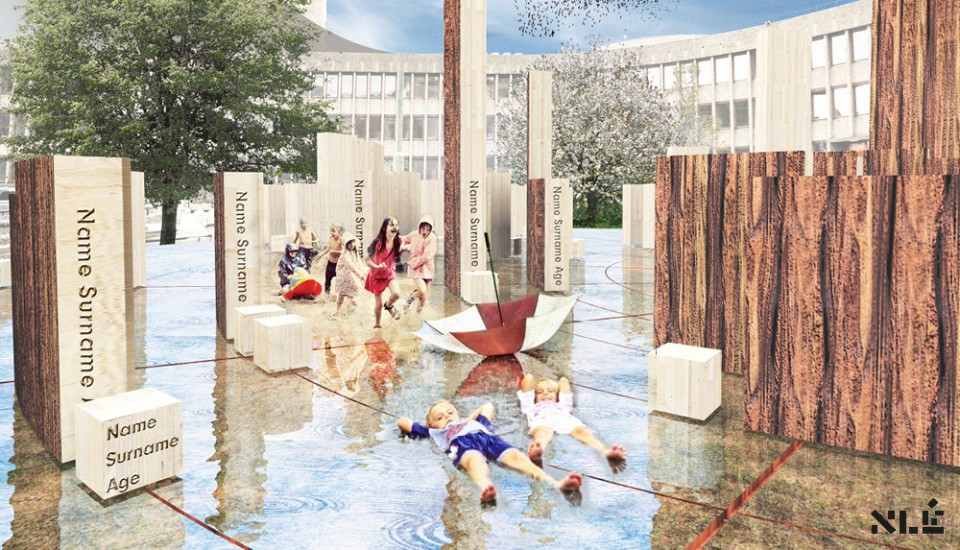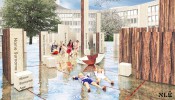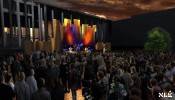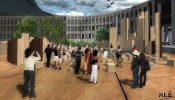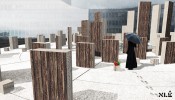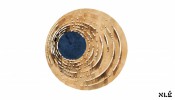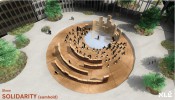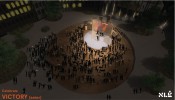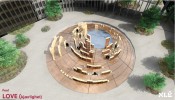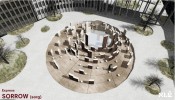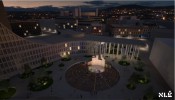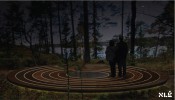Our proposals for the July 22 Memorial sites are sensitive and responsive interventions within natural and man made environments. They create a multi-dimensional, transformative and twinned experience that embodies the diverse values for the memorial; solidarity, sorrow, love and victory. In doing so, it answers the diverse yet cohesive values and expectations of the Norwegian people.
Both memorial sites commemorate the victims through arboreal representations of the age of the victims – age rings in Hole and timber tablets in Oslo. For every tree that falls, another one takes its place. And just as July 22 marked an ending for many, it also generated the conditions to reassure the nation’s values. Our approach works with man and materials, yet ensures nature is not traumatised in memory of man’s trauma.
The Sorbraten memorial in Hole is conceived as a static and contemplative place in nature – a frozen moment in time – an abstraction of the environment and narrative of the event on Utoya Island. On the other hand, the Oslo memorial is a dynamic and reactive place in an urban environment – in perpetual motion – reflecting and registering the diverse values and moods of its users.
With the varying sizes of the timber tablets and diverse configurations possible in the installation, the memorial generates new relationships between the tablets themselves. And the memorial also acquires different characters ranging from very dispersed and uniform tombstones to a very dense and monumental stage. The memorial is therefore not predetermined in character or symbols but only registers functions and assigned meanings. By taking the three most important values for the memorial expressed by the families, friends of the victims and of everyday people (Solidarity, Sorrow and Love) combined with the least popular/minority view (Victory) – in the true spirit of inclusiveness – we propose a memorial that is not a static monument, but a transformative space to feel sorrow, show solidarity, feel love and celebrate victory.
While the event aimed at bisecting people, its memorial becomes a place of collective social and intellectual processes – and there is no better memorial than the collective human memory. We propose ‘a memory dial’.
